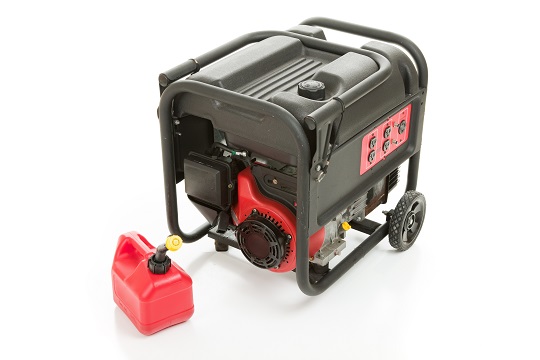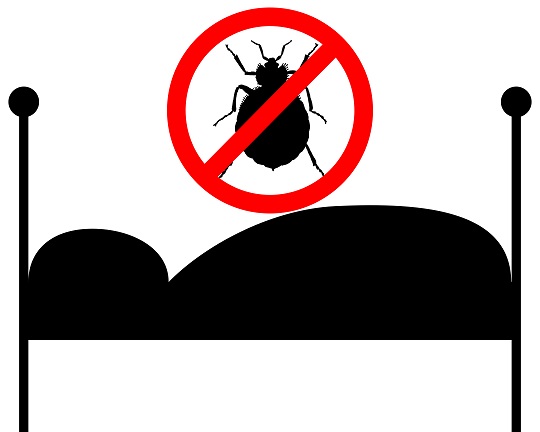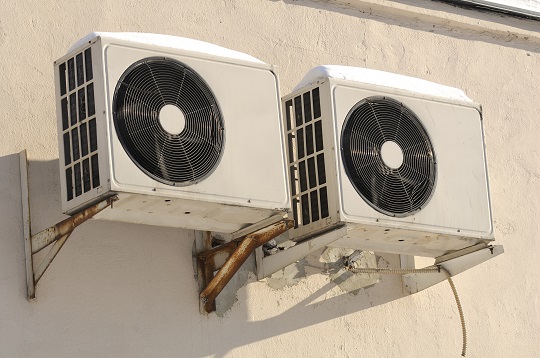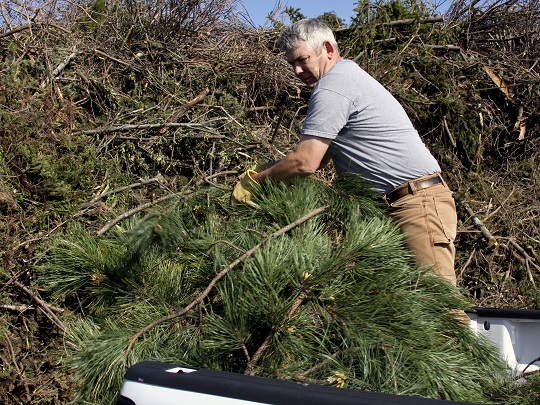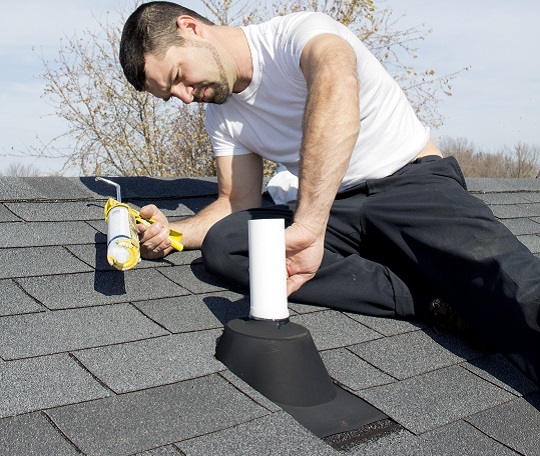The following are the top 5 reasons to buy a generator. If you are going back and forth debating whether or not it is worth the money to buy a generator, this article is for you.
Top 5 reasons to buy a generator
1. You live in a natural disaster-prone area. If you live in a region that may be damaged as a result of hurricanes, earthquakes, tornadoes, snow stores, or ice storms, purchasing a generator may well be worth the money. Living without power and electricity for extended periods of time can be difficult, and even traumatic. It can be increasingly difficult to purchase a generator when you need it if everyone else is running to the store to purchase a generator during the storm’s aftermath.
2. Occasionally there will be that tree that falls over and disrupts power to your home. You may be temporarily without power until the electrical company can come out and fix the power lines.
3. Camping is an opportune time to use a generator. While truly roughing it without a power source can be fun for camping, a generator allows you to enjoy some of the comforts of home in your campsite.
4. A backup generator is a great go-to power source if you need emergency power for a business as well. We most commonly think of generators being useful for our homes during emergencies but a generator can also be key within the business world. What happens to your backup digital storage when the power goes out? A generator may save you from losing a whole lot of data.
5. Take a generator with you while you are boating. This can be a lifesaver if you run out of electricity when you are out in the middle of the water.
Further Assistance
Take care of yourself and your loved ones and consider buying a backup generator. If you need a generator installed or have questions about cooling, check out TalkLocal. You will be connected for free to up to three electricians in your area who will have all of the information you need to get you started with your new generator.

